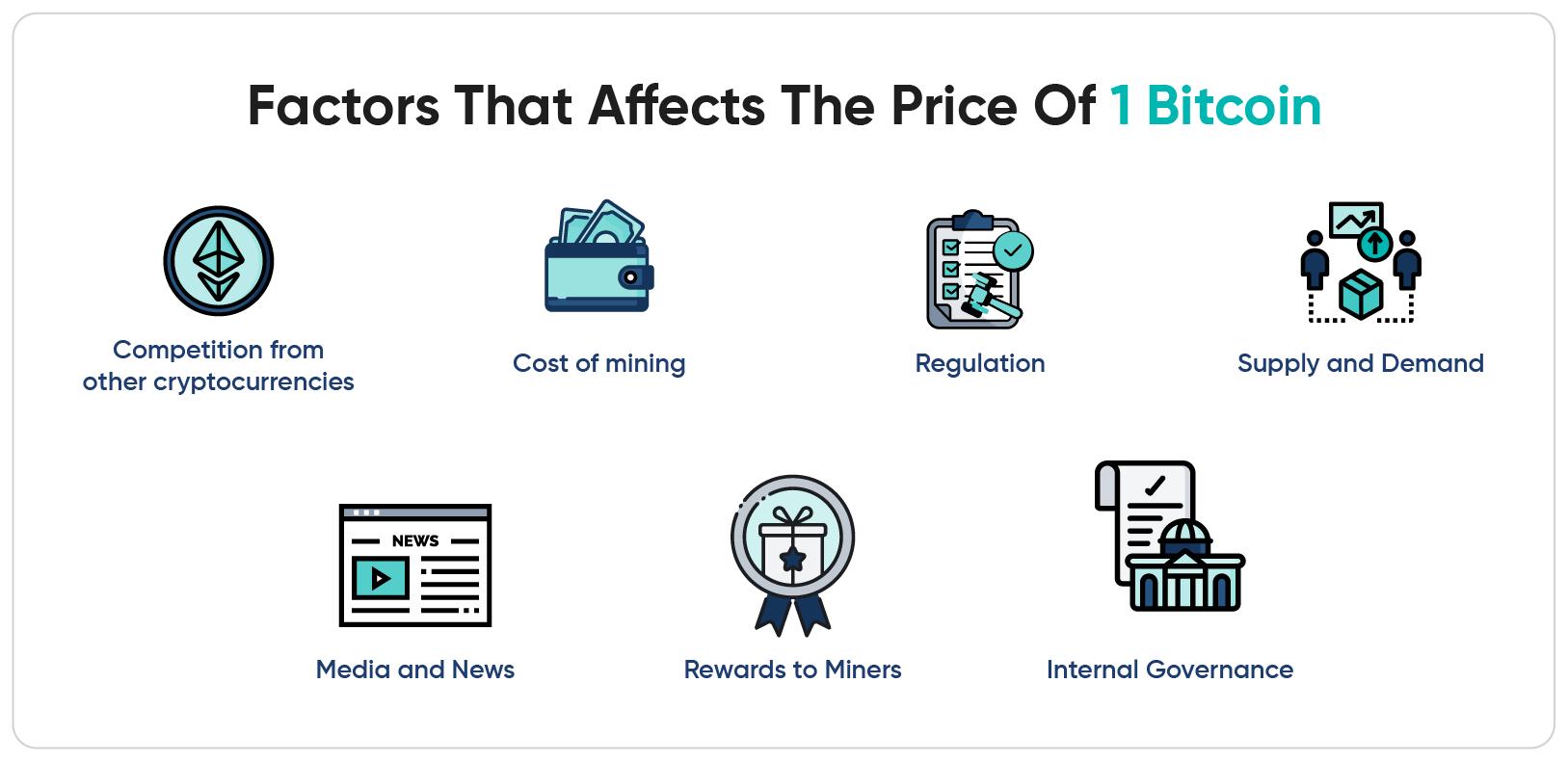The cryptocurrency market stands as a decentralized digital marketplace, revolutionizing finance as we know it. Operating on blockchain technology, this departure from traditional markets offers unprecedented accessibility and flexibility, available 24/7 worldwide.
Cryptocurrencies like Bitcoin (BTC) and Ethereum (ETH) can be exchanged effortlessly, democratizing financial participation for individuals globally.
| As of the latest data available, the global market capitalization of crypto-assets stands at approximately $2.40 trillion. This valuation encompasses over 100,000 cryptocurrencies currently in circulation. |
Find out More: Record Surge: Cryptocurrency Market Surpasses $2.5 Trillion in Total Value.
These crypto-assets span various investment categories, including move-to-earn initiatives, climate-related tokens like carbon credits, gaming (such as play-to-earn models), Metaverse projects, and the flourishing market of stablecoins, non-fungible tokens (NFTs), and more. However, understanding cryptocurrency market movements is crucial.
Influenced by factors such as investor sentiment, technological innovation, regulatory developments, and macroeconomic trends, these movements contribute to market volatility and rapid price fluctuations, presenting both opportunities and risks.
Join digital asset consultants at Kenson Investments as they share advice and insights into the latest developments surrounding cryptocurrency market movements. Keep reading to explore the decentralized nature, global accessibility, and innovation-driven evolution of cryptocurrency market movements.
Key Drivers Behind Cryptocurrency Market Movements

Market Sentiment
Positive sentiment, fueled by factors such as favorable news developments, increased adoption by institutional investors, or bullish price predictions, can lead to a surge in buying activity and drive prices higher.
Conversely, negative sentiment stemming from regulatory crackdowns, security breaches, or market manipulation allegations can trigger panic selling and cause prices to plummet.
| Did You Know: The initial surge in liquidity within the crypto-assets market can be attributed to Bitcoin’s adoption for transactions on Silk Road, the pioneering modern dark web marketplace. Early adopters utilizing Bitcoin for these transactions initiated a chain of events, including the emergence of alternative digital currencies, the establishment of digital assets exchange platforms, and the development of wallets. These developments collectively propelled Bitcoin towards achieving unprecedented prominence and a $1 billion market cap in the digital finance landscape. |
Monitoring market sentiment through reliable news sources, social media platforms, and sentiment analysis tools can help traders anticipate crypto market movements and adjust their strategies accordingly.
Supply and Demand Dynamics
Like any market, cryptocurrency prices are influenced by the fundamental forces of supply and demand. The issuance rate of new coins, scarcity, and adoption rates all impact the supply side of the equation.
For example, cryptocurrencies with fixed supplies, such as Bitcoin, may experience price appreciation due to scarcity-driven demand. On the demand side, factors such as investor interest, trading volume, and utility play significant roles.
Increased demand, driven by factors like mainstream adoption, technological advancements, or macroeconomic uncertainties, can lead to upward price movements, while decreased demand may result in price declines.
Market Structure and Liquidity
The structure of cryptocurrency markets, including liquidity levels and market depth, can also impact price movements. High-liquidity markets with deep order books tend to be more stable and less prone to extreme price swings, as there are ample buyers and sellers available to facilitate trades.
Meanwhile, illiquid markets may experience heightened volatility, as even small buy or sell orders can have a significant impact on prices. Traders should consider liquidity levels when entering and exiting positions, as well as when assessing the overall health of a market.
Technological Developments
Technological advancements and innovations within the cryptocurrency space can drive market movements by influencing investor sentiment and adoption rates.
Positive developments, such as the implementation of scalability solutions, the launch of new blockchain projects, or the adoption of decentralized finance (DeFi) protocols, can generate optimism and excitement among investors, leading to increased buying activity and price appreciation.
| #FunFact: Bitcoin’s adoption, along with innovations like smart contracts, drove the market from $5 billion to over $500 billion between 2014 and 2016. The ICO boom further pushed the market past the trillion-dollar mark, allowing projects to launch tokens quickly. |
Conversely, negative developments, such as security breaches, protocol vulnerabilities, or regulatory crackdowns on emerging technologies, can dampen investor confidence and trigger sell-offs.
Global Economic Factors
Cryptocurrency markets are also influenced by broader economic trends and geopolitical events.
Economic indicators, such as inflation rates, interest rates, or unemployment levels, can impact investor sentiment and risk appetite, thereby affecting cryptocurrency prices.
Geopolitical tensions, trade disputes, or geopolitical instability in key regions may also contribute to market volatility, as investors seek safe-haven assets like Bitcoin during times of uncertainty.
Institutional Adoption and Regulatory Changes
The regulatory environment surrounding crypto-assets has evolved in response to technological advancements, with regulators increasingly intervening to establish frameworks for regulation.
Significant events, such as the closure of the Silk Road dark web marketplace and the Chinese government’s legalization of crypto-assets, have influenced market trends in the past.
Additionally, regulatory actions, such as the release of BitLicense by the NY DFS and SEC investigations into ICOs, have impacted investor sentiment and market dynamics. Understanding recent and forthcoming regulations is essential for investors analyzing entry and exit points in the market.
Read More: SEC In The US Offers Approval For Spot Bitcoin ETF
Common Patterns and Trends in Cryptocurrency Markets
Trend Identification
One of the fundamental principles of technical analysis is identifying and following trends in price movements. Cryptocurrency markets typically exhibit three primary trends: uptrend (bullish), downtrend (bearish), and sideways (range-bound).
Traders use various technical indicators, such as moving averages, trendlines, and price channels, to identify and confirm trends. Riding the trend can be a profitable strategy for traders, as it allows them to capitalize on momentum and avoid counter-trend trades that may result in losses.
Support and Resistance Levels
Support and resistance levels are key price levels where buying or selling pressure is expected to be significant. Support levels represent areas where buying interest outweighs selling pressure, preventing prices from falling further.
Resistance levels, on the other hand, represent areas where selling interest outweighs buying pressure, capping price advances. Traders use support and resistance levels to identify potential entry and exit points, as well as to set stop-loss orders and profit targets.
Chart Patterns
Chart patterns are visual representations of price movements that repeat over time and are believed to have predictive value.
Common chart patterns observed in cryptocurrency markets include triangles, flags, pennants, head and shoulders, and double tops/bottoms. These patterns can signal potential trend reversals or continuations, providing traders with valuable insights into market dynamics.
While chart patterns can be powerful tools for identifying trading opportunities, they should be used in conjunction with other technical indicators and risk management strategies for confirmation.
Volatility Clusters
Cryptocurrency markets often experience periods of heightened volatility followed by periods of relative stability. These volatility clusters can be triggered by significant news events, market sentiment shifts, or changes in trading activity.
Traders should be prepared for sudden price swings during these periods and implement risk management strategies, such as position sizing and stop-loss orders, to protect their capital.
Seasonal Trends
Cryptocurrency markets may exhibit seasonal patterns influenced by factors such as investor behavior, regulatory announcements, or market cycles.
For example, the end of the year often sees increased trading activity and price rallies, as investors may engage in tax-loss harvesting or portfolio rebalancing. Similarly, the beginning of the year may bring corrections or consolidation as traders reassess their positions and market sentiment.
Stay Informed With Kenson Investments
The digital asset market is constantly evolving, and staying informed is crucial for making sound decisions. At Kenson Investments, we provide you with the latest market trends, in-depth insights, and educational resources on cryptocurrencies and real-world assets. Our goal is to ensure you have the knowledge and information necessary to navigate this dynamic environment with confidence. Connect with us today and empower your understanding of digital assets.
Reach out to us at 1.800.970.2506.
Disclaimer: The information provided on this page is for educational and informational purposes only and should not be construed as financial advice. Crypto currency assets involve inherent risks, and past performance is not indicative of future results. Always conduct thorough research and consult with a qualified financial advisor before making investment decisions.
“The crypto currency and digital asset space is an emerging asset class that has not yet been regulated by the SEC and US Federal Government. None of the information provided by Kenson LLC should be considered as financial investment advice. Please consult your Registered Financial Advisor for guidance. Kenson LLC does not offer any products regulated by the SEC including, equities, registered securities, ETFs, stocks, bonds, or equivalents”














